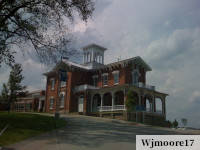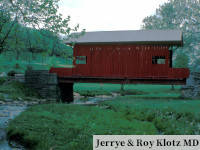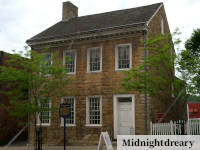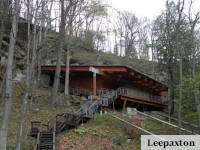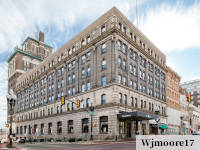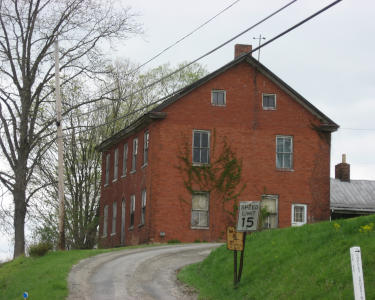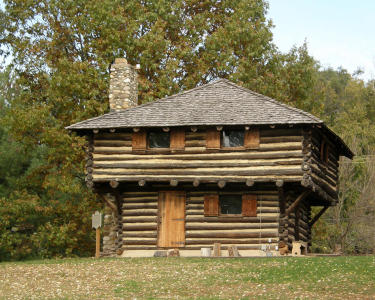10 Historic Districts To See This Year
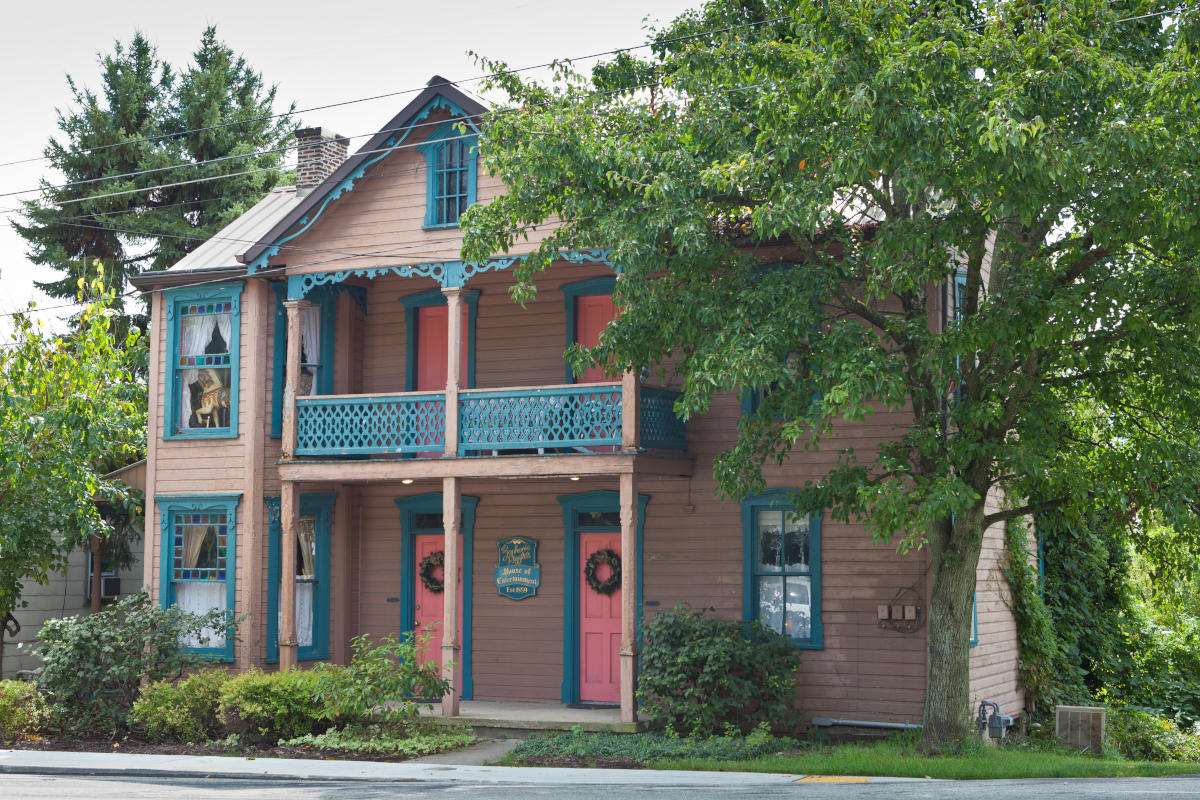
Washington County has a diverse history – as the national frontier in the 1700s, a major transportation route along the National Road in the 1800s and part of America’s industrial heartland in the 1900s.
The diversity is reflected in historic districts in western Washington County, the pike towns that can still be seen today, remains of the industry in the Mon Valley that helped grow America into a world power, and a district that shows how people who grew affluent from that industry lived.
Western Washington County
When the area was first settled by Europeans in the late 1700s and early 1800s, Washington County was the country’s western frontier. Three historic district exist in or near southwest Washington County.
Brick buildings were built.
In the late 1800s, Taylorstown boomed when oil fields were drilled.
Nearly 50 surviving buildings – most of them houses – can be seen today. The Washington County History & Landmarks Foundation (WCHLF) designated it as a historic district.
Pike Towns
Pike towns grew up during the boom times of the National Road. Like the business districts that build up around interchanges with interstates today, they serviced the people who passed through until the arrival of trains and then a modern road system displaced them. Three historic districts in Washington County were pike towns.
There’s quite a view of the countryside.
The WCHLF designated it an historic district and it’s listed on the National Register of Historic Places.
See an historic cemetery where burials have taken place for nearly two centuries.
Look for an original cast iron milestone installed along the National Road around 1835.
The WCHLF designated Beallsville as a historic district. It’s listed on the National Register of Historic Places.
There’s not much commercial activity today.
The Washington County History & Landmarks Foundation designated it as an historic district. It’s listed on the National Register of Historic Places.
Mon Valley
People live in many of the homes today.
Cement City was designated an historic district by the WCHLF. The PA Historical and Museum Commission installed a marker. It was added to the National Register of Historic Places. Photos of the construction of the development can be seen at the Donora Historical Society.
More than 200 homes that are pretty much how they were 100 years ago can be seen in the Marianna Historic District. People reach them by driving what the WCHLF referred to as tight, winding roads. A company store, churches and public hall also still stand.
The WCHLF designated the district as a historic district.
Wealth
While oil, gas, coal and glass provided jobs to thousands of people in Washington County, a few people grew wealthy. They moved into stately Victorian homes in East Washington in the late 1800s and early 1900s.
It is designated as a historic district by the WCHLF and is listed on the National Register of Historic Places.
The growth of Washington County from a frontier to a major route into the westward expansion of America, to a mineral-rich resource and manufacturing center can be seen today through a progression of historic districts. Visiting the historic districts in 2022 will remind people of the history of America as reflected in the county.
This article was published in


